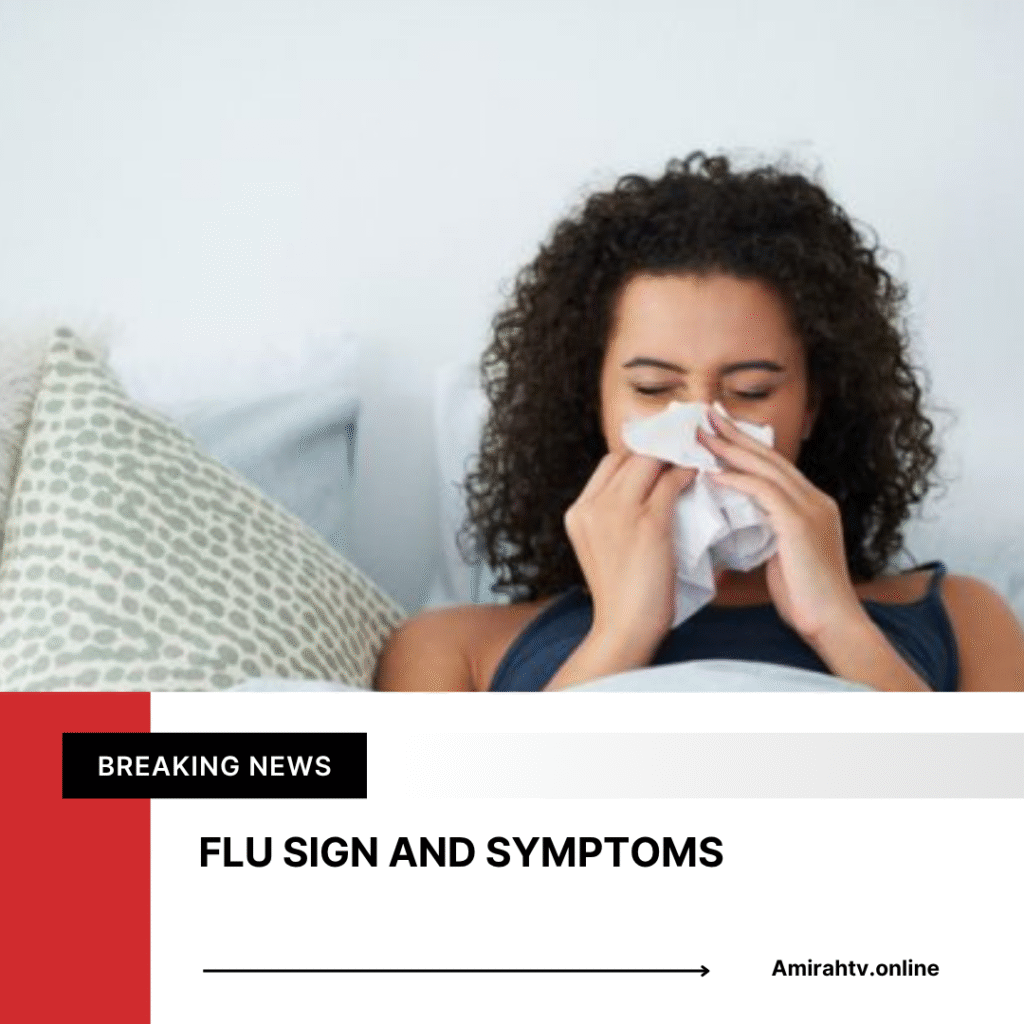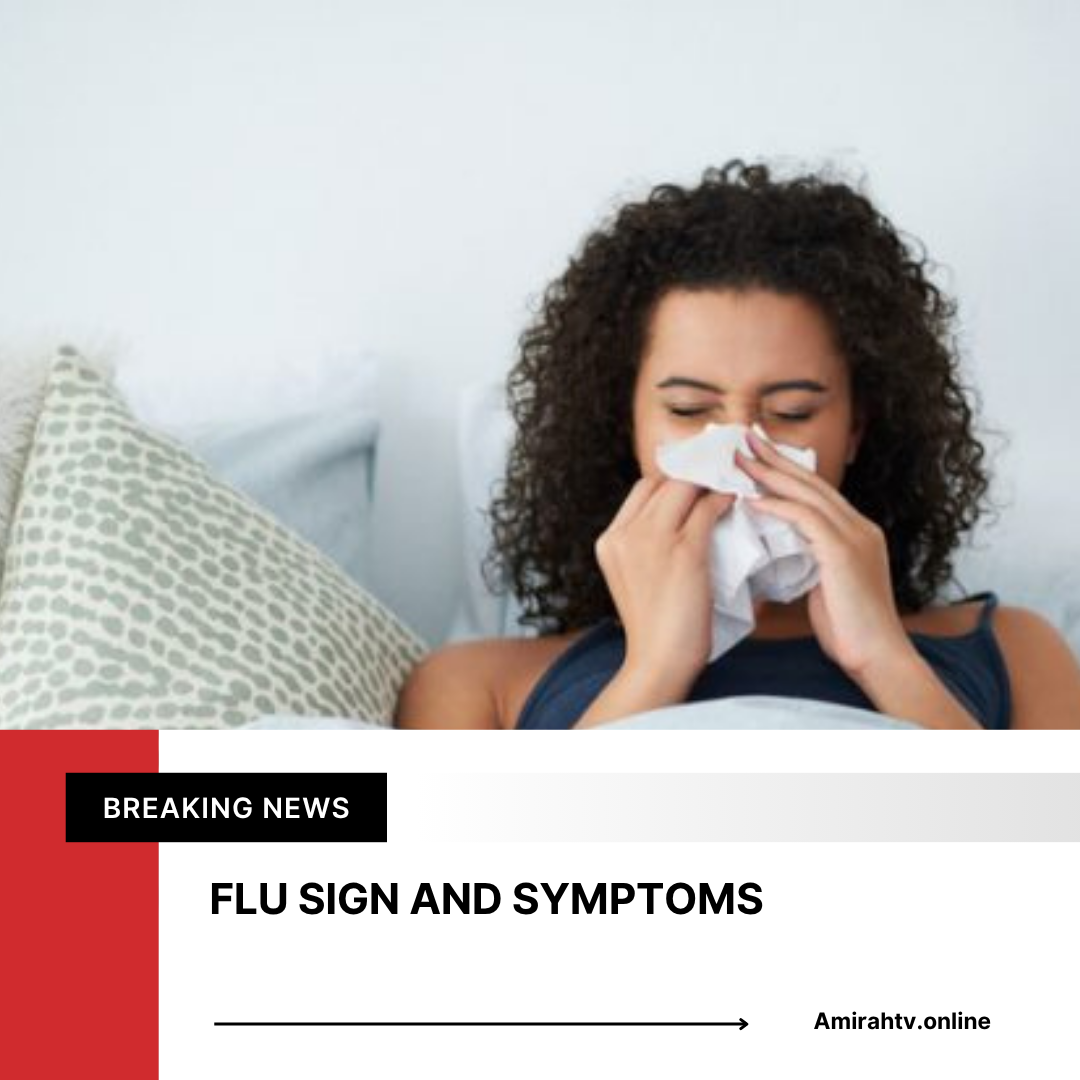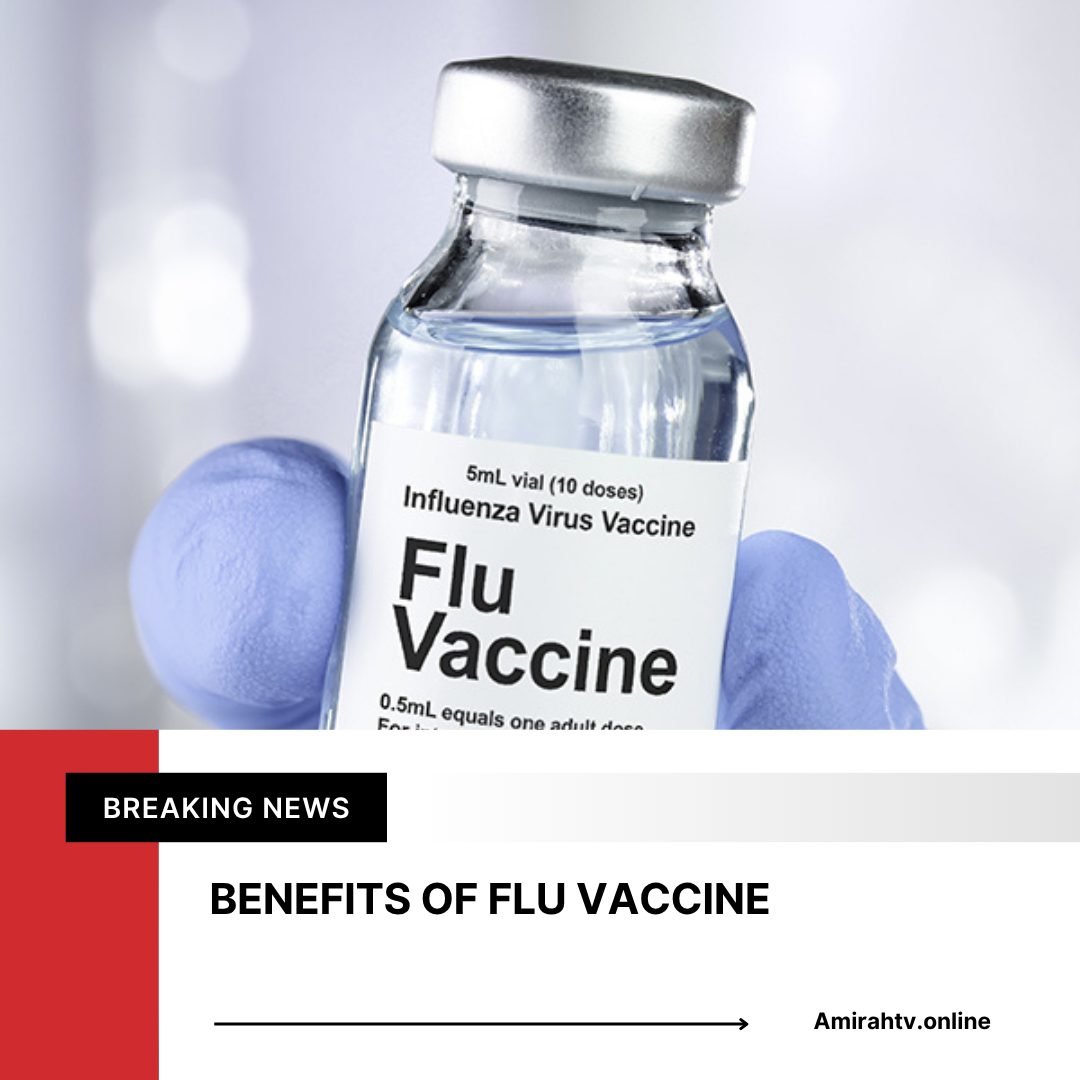
Understanding the Flu: Causes, Symptoms, and Prevention
The flu, also known as influenza, is a highly contagious respiratory illness caused by the influenza virus. It can affect anyone, regardless of age or health status, and can lead to severe complications, especially in vulnerable populations such as the elderly, young children, and people with certain chronic health conditions.
Causes of the Flu
The flu is caused by the influenza virus, which is highly contagious and can be spread through:
1. Airborne transmission: When an infected person talks, coughs, or sneezes, they release droplets that can be inhaled by others.
2. Close contact: Touching or shaking hands with an infected person can spread the virus.
3. Contaminated surfaces: Touching surfaces or objects contaminated with the virus and then touching one’s mouth, nose, or eyes can also spread the infection.
Symptoms of the Flu
The symptoms of the flu can vary from mild to severe and may include:
1. Fever: High temperature, usually above 102°F (39°C).
2. Cough: Dry, hacking cough or productive cough with yellow or green mucus.
3. Sore throat: Pain or discomfort in the throat.
4. Runny or stuffy nose: Nasal congestion or discharge.
5. Headache: Pain or pressure in the head.
6. Fatigue: Feeling weak or tired.
7. *Muscle or body aches*: Pain or discomfort in the muscles, back, or arms.
8. Diarrhea and vomiting: More common in children than adults.
Prevention and Treatment
Prevention is key to avoiding the flu. Here are some effective ways to prevent the flu:
1. Get vaccinated: The flu vaccine is the most effective way to prevent the flu.
2. Practice good hygiene: Wash your hands frequently with soap and water, especially after coughing or sneezing.
3. Use hand sanitizer: When soap and water are not available, use hand sanitizer.
4. Avoid close contact: Avoid close contact with people who are sick.
5. Stay home: If you’re sick, stay home from work or school to prevent spreading the virus.
Treatment Options
If you do get the flu, there are treatment options available:
1. Antiviral medications: Prescription medications such as oseltamivir (Tamiflu) or zanamivir (Relenza) can help shorten the duration and severity of the flu.
2. Over-the-counter medications: Over-the-counter medications such as acetaminophen (Tylenol) or ibuprofen (Advil, Motrin) can help relieve symptoms.
3. Rest and hydration: Getting plenty of rest and staying hydrated can help your body recover from the flu.
Complications of the Flu
The flu can lead to severe complications, especially in vulnerable populations. Some common complications include:
1. Pneumonia: Inflammation of the lungs that can be life-threatening.
2. Bronchitis: Inflammation of the airways that can cause coughing and shortness of breath.
3. Sinus and ear infections: The flu can lead to secondary infections in the sinuses and ears.
4. Worsening of underlying health conditions: The flu can exacerbate underlying health conditions such as heart disease, diabetes, or lung disease.
Conclusion
The flu is a serious illness that can have severe consequences, especially for vulnerable populations. By understanding the causes, symptoms, and prevention strategies, you can reduce your risk of getting the flu. If you do get the flu, seek medical attention if you experience severe symptoms or if you’re at high risk for complications. Stay healthy!




